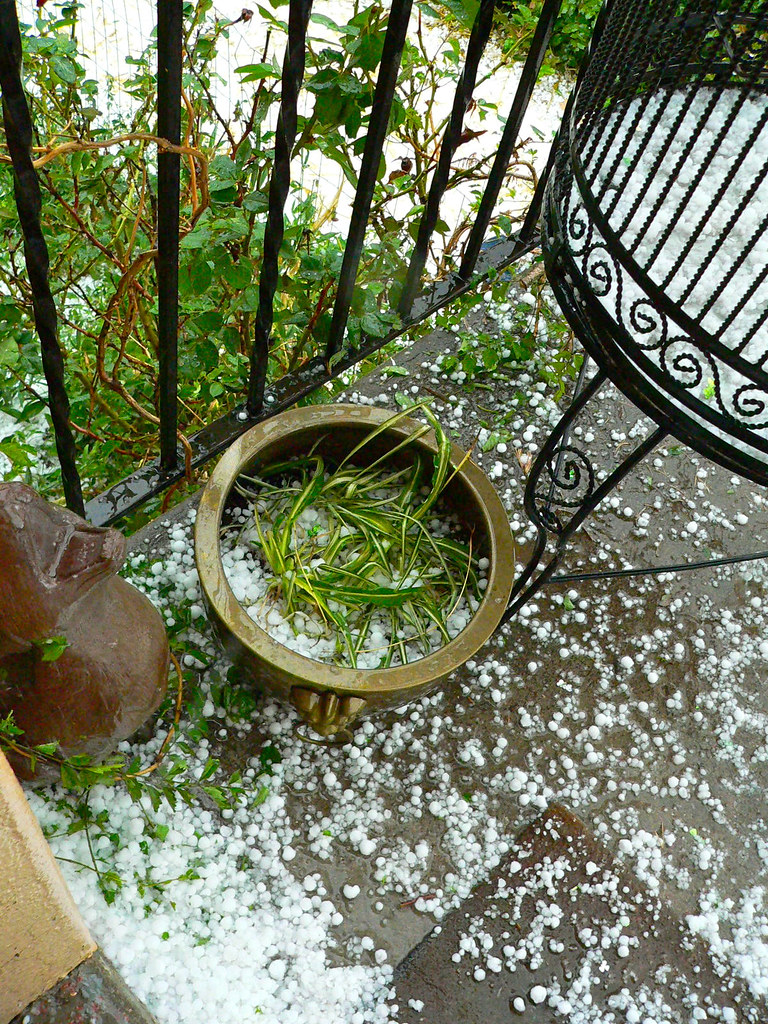Texas Leads the Nation in Devastating Hail Events
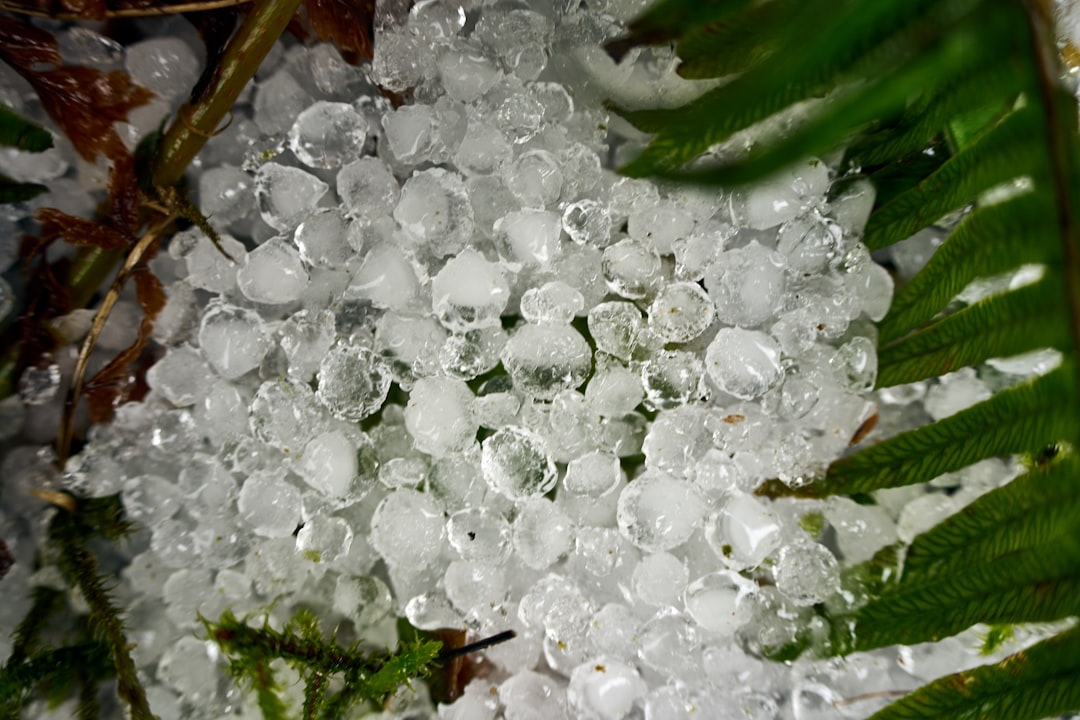
Texas has experienced a dramatic surge in severe hailstorms over the past three years, with the National Weather Service recording more than 4,200 hail reports in 2024 alone. The state’s massive geographic footprint and unique atmospheric conditions create a perfect storm for hail formation, particularly along the Interstate 35 corridor from San Antonio to Dallas. According to NOAA’s Storm Prediction Center, Texas now accounts for nearly 35% of all significant hail events nationwide, with stones exceeding baseball size becoming increasingly common. The economic impact has been staggering, with the Insurance Council of Texas reporting over $3.2 billion in hail-related property damage claims in 2023. Recent storms in the Dallas-Fort Worth metroplex during March 2024 produced hailstones up to softball size, causing widespread vehicle damage and roof destruction across multiple counties.
Oklahoma’s Tornado Alley Expands Into Hail Territory
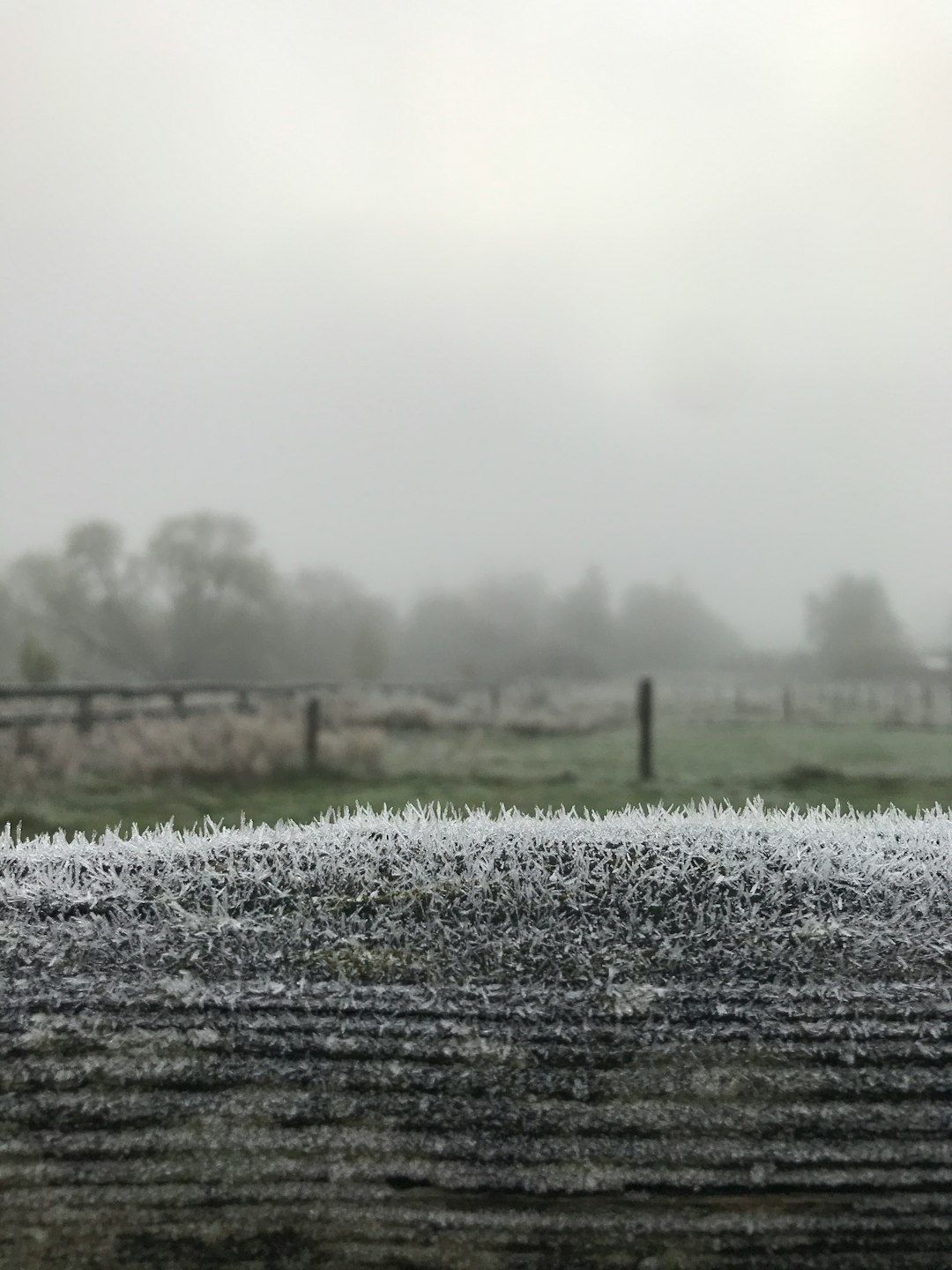
Oklahoma has witnessed a concerning shift in severe weather patterns, with hailstorm frequency increasing by 23% between 2022 and 2024 compared to the previous decade, according to the Oklahoma Climatological Survey. The state’s position in the heart of Tornado Alley now includes what meteorologists are calling “Hail Alley,” where atmospheric conditions favor the development of supercell thunderstorms capable of producing giant hail. Moore, Oklahoma, which gained notoriety for devastating tornadoes, experienced its largest hailstorm on record in April 2024, with stones measuring 4.5 inches in diameter. The Oklahoma Department of Emergency Management reported that hail damage to crops alone exceeded $180 million in 2023, affecting wheat, corn, and soybean harvests across the state. Insurance companies operating in Oklahoma have raised premiums specifically due to increased hail claims, with some areas seeing rate increases of up to 40%.
Nebraska Faces Record-Breaking Hail Season Devastation

Nebraska experienced its most destructive hail season on record in 2024, with the National Weather Service documenting over 800 separate hail events across the state. The Nebraska Emergency Management Agency reported that a single storm system in June 2024 caused more than $500 million in agricultural damage, destroying thousands of acres of corn and soybeans just weeks before harvest. Omaha and Lincoln have become frequent targets, with urban areas experiencing significant property damage as hailstones routinely exceed golf ball size. The University of Nebraska’s Climate Assessment Response Committee found that the state’s hail season has extended by nearly three weeks compared to historical averages, with storms now occurring regularly from April through September. Local meteorologists attribute this increase to changing jet stream patterns that create more favorable conditions for severe thunderstorm development across the Great Plains.
Colorado’s Front Range Under Constant Hail Threat

Colorado’s Front Range urban corridor, stretching from Fort Collins to Colorado Springs, has become one of the most hail-prone regions in North America, with Denver International Airport alone reporting 47 significant hail events in 2024. The Colorado Climate Center documented that hailstorm intensity has increased dramatically, with the average maximum hail size growing from 1.2 inches in 2020 to 2.1 inches in 2024. A particularly devastating storm in August 2024 dropped baseball-sized hail across the Denver metro area, causing an estimated $1.8 billion in damage to vehicles, homes, and commercial properties. The state’s unique geography, where the Great Plains meet the Rocky Mountains, creates ideal conditions for rapid thunderstorm development and intensification. Insurance industry data shows Colorado now ranks second nationally for hail-related claims, with some Denver-area zip codes experiencing claim rates exceeding 15% annually.
Kansas Farmers Battle Increasing Hail Destruction

Kansas agriculture has been devastated by increasingly severe hailstorms, with the Kansas Department of Agriculture reporting crop losses exceeding $400 million in 2024 alone. The state experienced its worst hail season in recorded history, with storms producing hailstones larger than tennis balls across prime wheat-growing regions during critical harvest periods. Dodge City, traditionally known for its tornado activity, recorded 23 separate hail events in 2024, compared to an average of 8 events per year over the previous two decades. The Kansas State Weather Service found that hailstorm tracks have become longer and more persistent, with some storm systems maintaining hail production for over 200 miles across the state. Rural communities have been particularly hard hit, with some farmers reporting complete crop destruction multiple times within a single growing season, forcing difficult decisions about continued agricultural operations.
Iowa’s Corn Belt Suffers Under Hail Onslaught
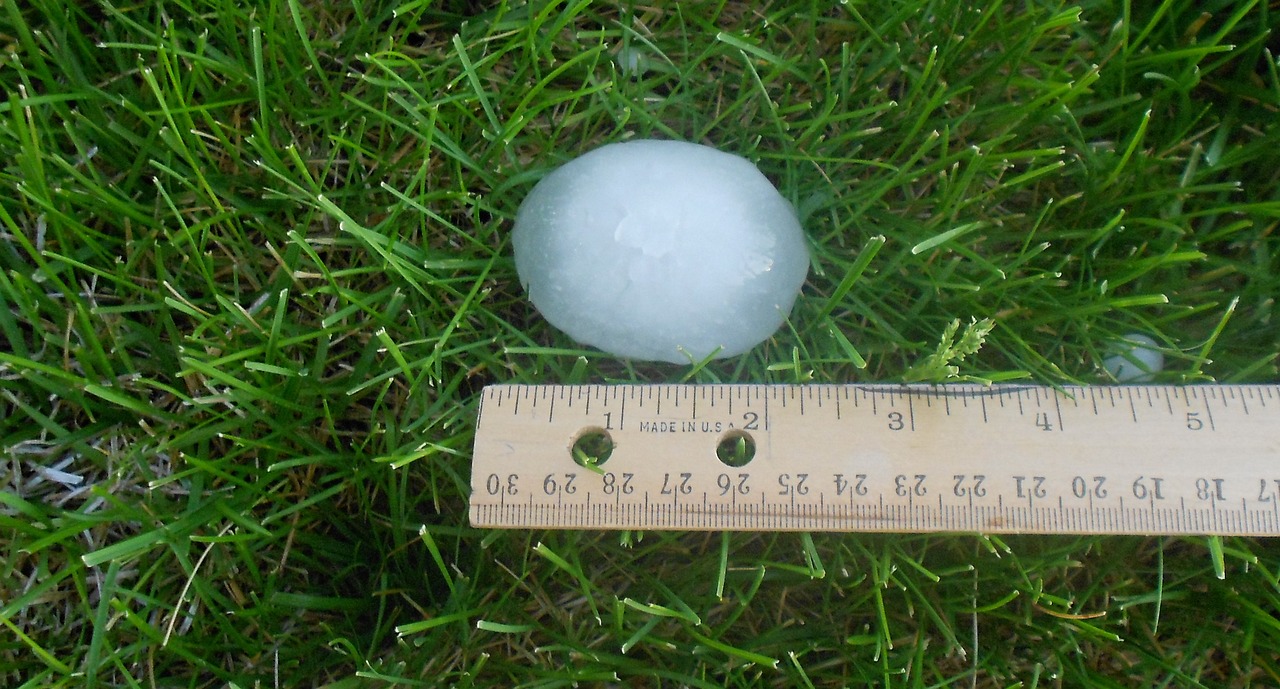
Iowa’s position in the heart of America’s Corn Belt has made it increasingly vulnerable to severe hailstorms, with the Iowa Department of Natural Resources recording a 31% increase in hail events since 2022. The state’s agricultural economy suffered a devastating blow in July 2024 when a derecho-like storm system produced widespread hail damage across 40 counties, destroying an estimated 2.3 million acres of corn and soybeans. Des Moines has experienced three major hail events in the past two years, with the most recent storm in May 2024 producing hailstones up to 3 inches in diameter that shattered windows and dented vehicles throughout the metropolitan area. Iowa State University’s agricultural extension service reports that hail timing has become more unpredictable, with damaging storms now occurring during previously safe periods of crop development. The state’s insurance commissioners have noted that hail claims now represent nearly 60% of all property damage claims filed annually, up from 35% just five years ago.
Minnesota’s Unexpected Rise in Hail Activity
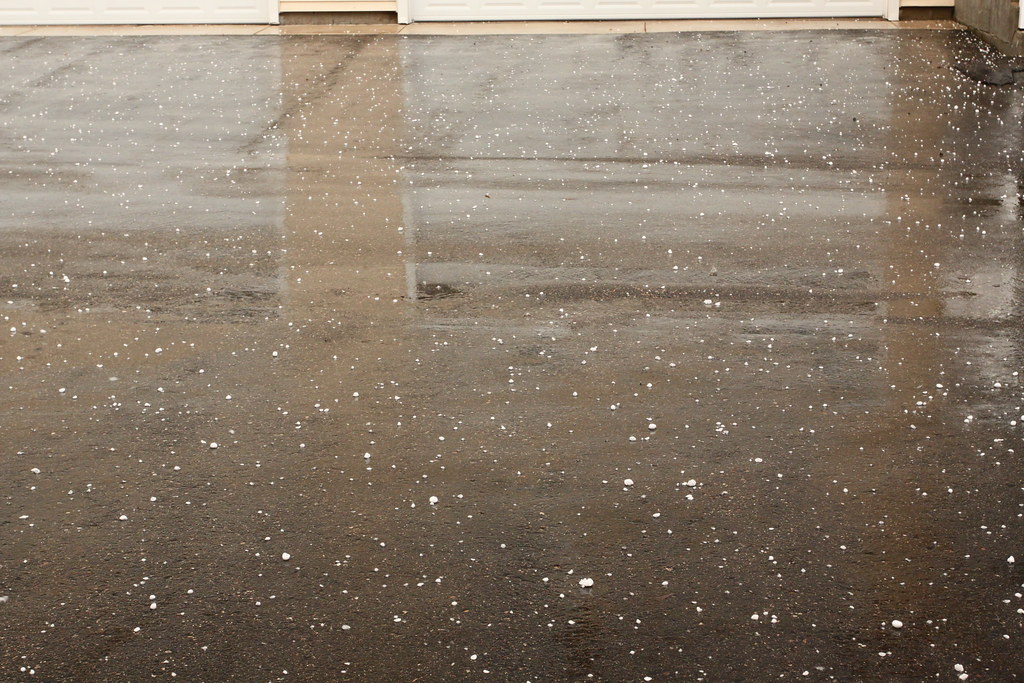
Minnesota has emerged as an unexpected hotspot for severe hailstorms, with the National Weather Service Twin Cities office documenting a 45% increase in significant hail events since 2023. The state’s typically moderate climate has given way to more extreme weather patterns, with the Minneapolis-St. Paul metropolitan area experiencing four major hail events in 2024 alone. A particularly intense storm in June 2024 produced hailstones up to 4 inches in diameter across the northern Twin Cities suburbs, causing extensive damage to the Minneapolis-St. Paul International Airport and grounding flights for over 12 hours. The Minnesota State Climatology Office attributes this increase to shifting atmospheric patterns that bring more severe thunderstorms northward from traditional Great Plains storm tracks. Agricultural regions in southern Minnesota have been especially hard hit, with corn and soybean farmers reporting unprecedented crop losses that have forced many to file federal disaster assistance claims for the first time in their farming careers.
Wyoming’s High Plains Experience Hail Intensification

Wyoming’s high elevation and unique topography have contributed to increasingly severe hailstorms across the state, with the National Weather Service Cheyenne office reporting that average hail size has increased by 40% since 2022. The state’s sparse population often masks the true extent of hail damage, but ranchers and agricultural producers have documented significant livestock injuries and property damage from storms producing hailstones exceeding 2.5 inches in diameter. Cheyenne experienced its most destructive hail event on record in May 2024, when golf ball to tennis ball-sized hail caused over $150 million in damage to vehicles, homes, and commercial buildings across the capital city. The Wyoming Climate Division found that hailstorm frequency has doubled in the southeastern portion of the state, an area that traditionally experienced relatively mild weather patterns. Local emergency management officials report that the state’s rural communities are particularly vulnerable due to limited storm shelter options and the vast distances between populated areas.
New Mexico’s Surprising Hail Surge in the Southwest
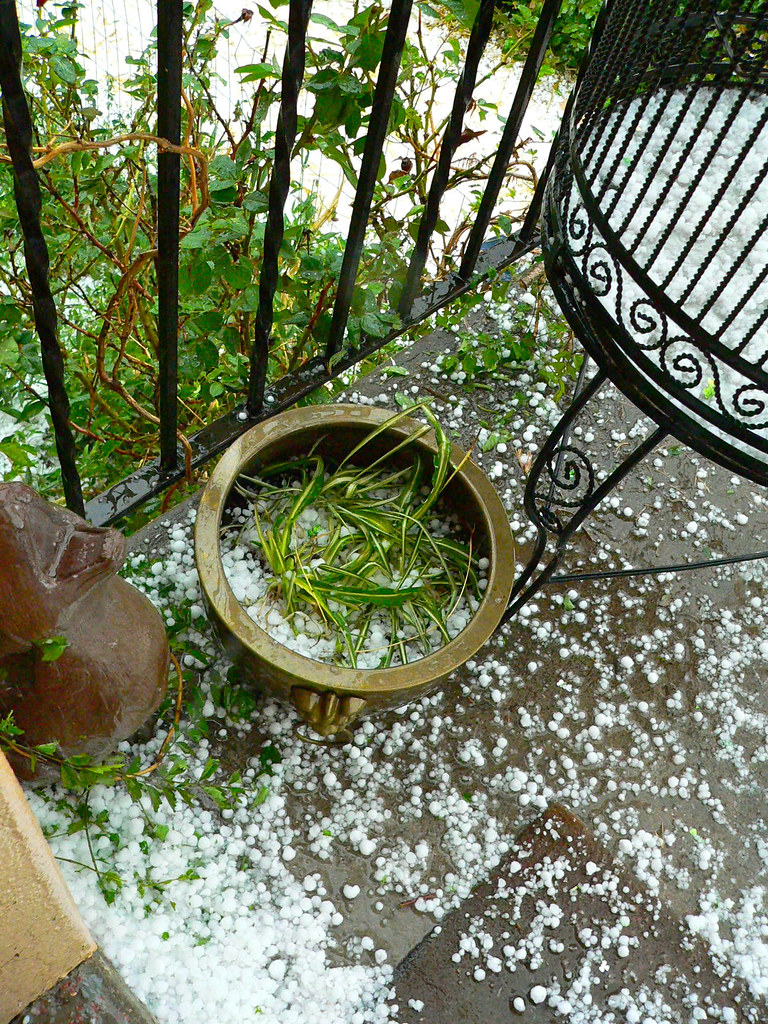
New Mexico has defied conventional weather wisdom by experiencing a dramatic increase in severe hailstorms, particularly across the eastern plains region bordering Texas and Oklahoma. The National Weather Service Albuquerque office documented over 150 significant hail events in 2024, representing a 60% increase from the previous year and the highest count since modern record-keeping began. Albuquerque itself was struck by an unprecedented hailstorm in August 2024 that produced hailstones up to 3.5 inches in diameter, causing flash flooding and millions of dollars in property damage across the Rio Grande Valley. The New Mexico Climate Data Archive shows that the state’s monsoon season has become increasingly volatile, with traditional summer thunderstorms now producing larger and more destructive hail than historically observed. Eastern New Mexico ranchers have reported significant cattle injuries and property damage, with some areas experiencing three separate damaging hail events within a six-week period during the summer of 2024.
Montana’s Northern Plains Join the Hail Zone
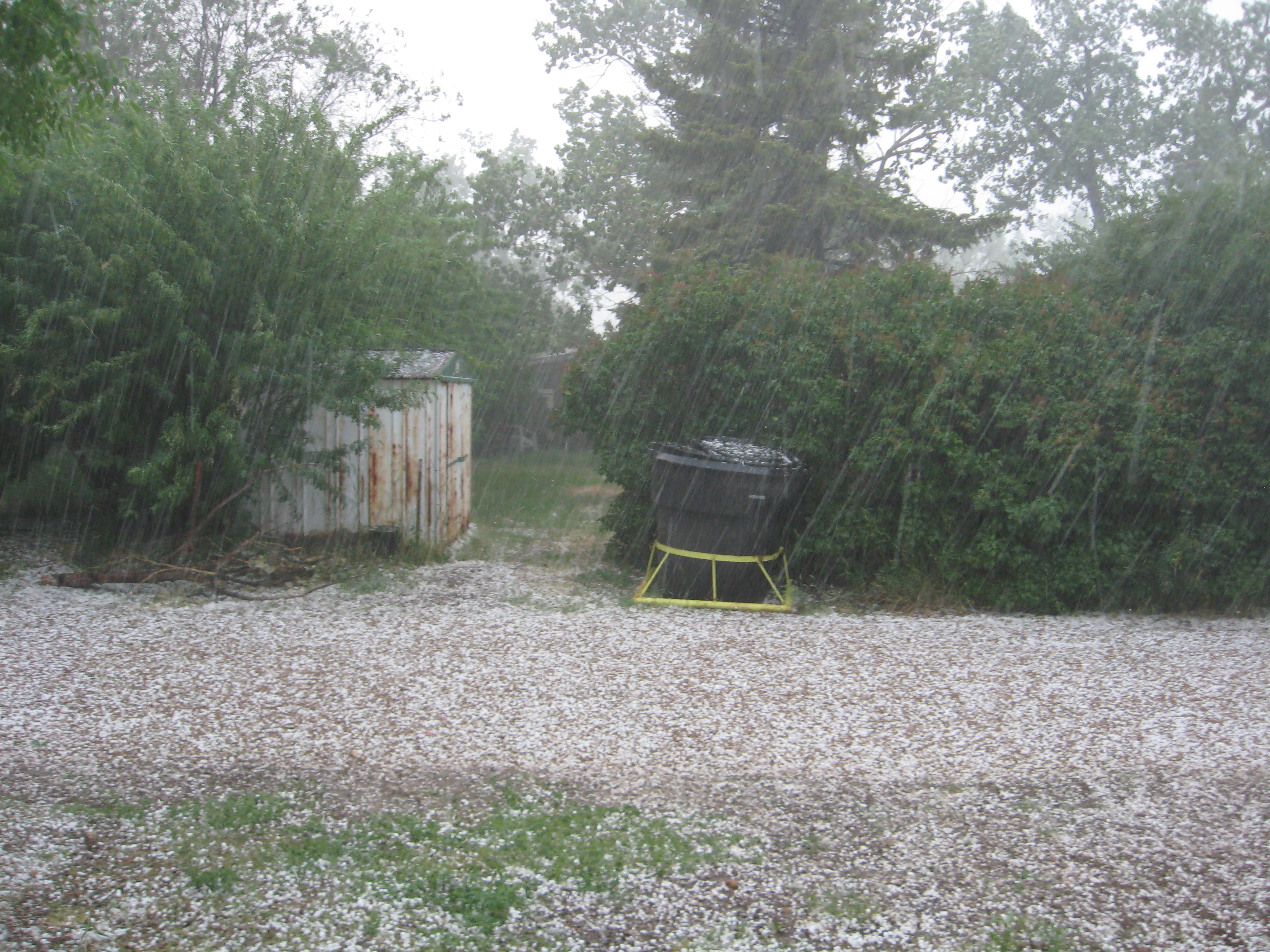
Montana has experienced an unexpected surge in severe hailstorm activity, with the National Weather Service Great Falls office reporting that the state recorded its highest number of hail events in 2024 since comprehensive records began in 1950. The traditionally harsh but predictable Montana climate has given way to more chaotic weather patterns, with severe thunderstorms now producing damaging hail across previously unaffected regions of the state. Billings was devastated by a supercell thunderstorm in July 2024 that produced hailstones up to 4.2 inches in diameter, causing over $300 million in damage and marking the costliest single weather event in the city’s history. The Montana Climate Office has documented that hailstorm tracks have shifted northward, bringing severe weather to areas like Great Falls and Havre that rarely experienced significant hail damage in previous decades. Agricultural producers across the Hi-Line region report that crop insurance claims for hail damage have tripled since 2022, forcing many wheat and barley farmers to reconsider their planting strategies and risk management approaches.
South Dakota’s Agricultural Heartland Under Siege

South Dakota has emerged as a new frontline in the battle against increasingly severe hailstorms, with the state experiencing record-breaking crop losses and property damage throughout 2024. The South Dakota Office of Emergency Management reported that hail-related agricultural losses exceeded $600 million in 2024, representing the highest single-year total in state history. Sioux Falls was hammered by a devastating hailstorm in June 2024 that produced stones measuring up to 4.5 inches in diameter, causing widespread power outages and property damage across the state’s largest metropolitan area. The South Dakota State University Extension Service found that hailstorm intensity has increased dramatically across the James River Valley, with traditional farming communities experiencing multiple crop-destroying events within single growing seasons. Rural areas have been particularly vulnerable, with some counties reporting that over 80% of agricultural producers filed hail damage claims in 2024, creating unprecedented strain on federal crop insurance programs and local farming economies.
North Dakota’s Energy Infrastructure Faces Hail Threats

North Dakota’s booming energy sector has become increasingly vulnerable to severe hailstorms, with oil and gas operations in the Bakken region experiencing significant equipment damage and operational disruptions. The National Weather Service Bismarck office documented that the state experienced its most active hail season on record in 2024, with over 400 separate events producing hailstones larger than quarter-size. A massive supercell thunderstorm in August 2024 produced hailstones exceeding 3 inches in diameter across the Williston area, causing millions of dollars in damage to oil drilling equipment and forcing temporary shutdowns of multiple production facilities. The North Dakota Agricultural Weather Network reports that the state’s wheat belt has been devastated by increasingly frequent and severe hailstorms, with some regions experiencing complete crop destruction multiple times within single growing seasons. Energy companies operating in the Bakken have begun investing heavily in protective structures and equipment hardening measures as hail-related insurance claims have skyrocketed across the region’s industrial infrastructure.

